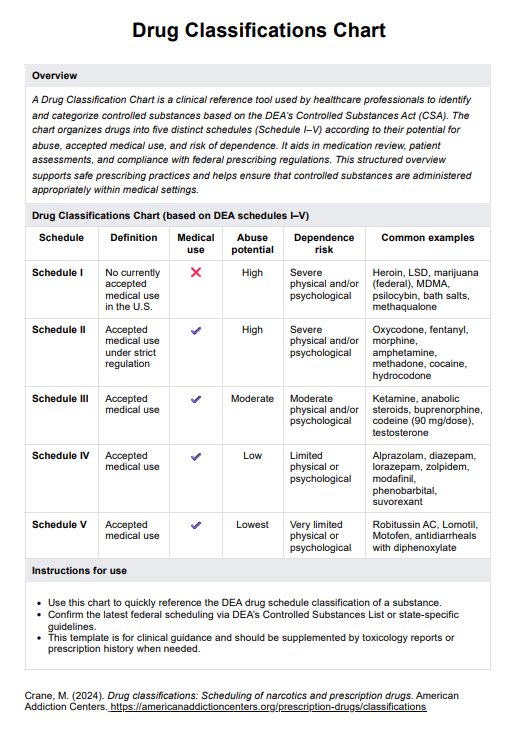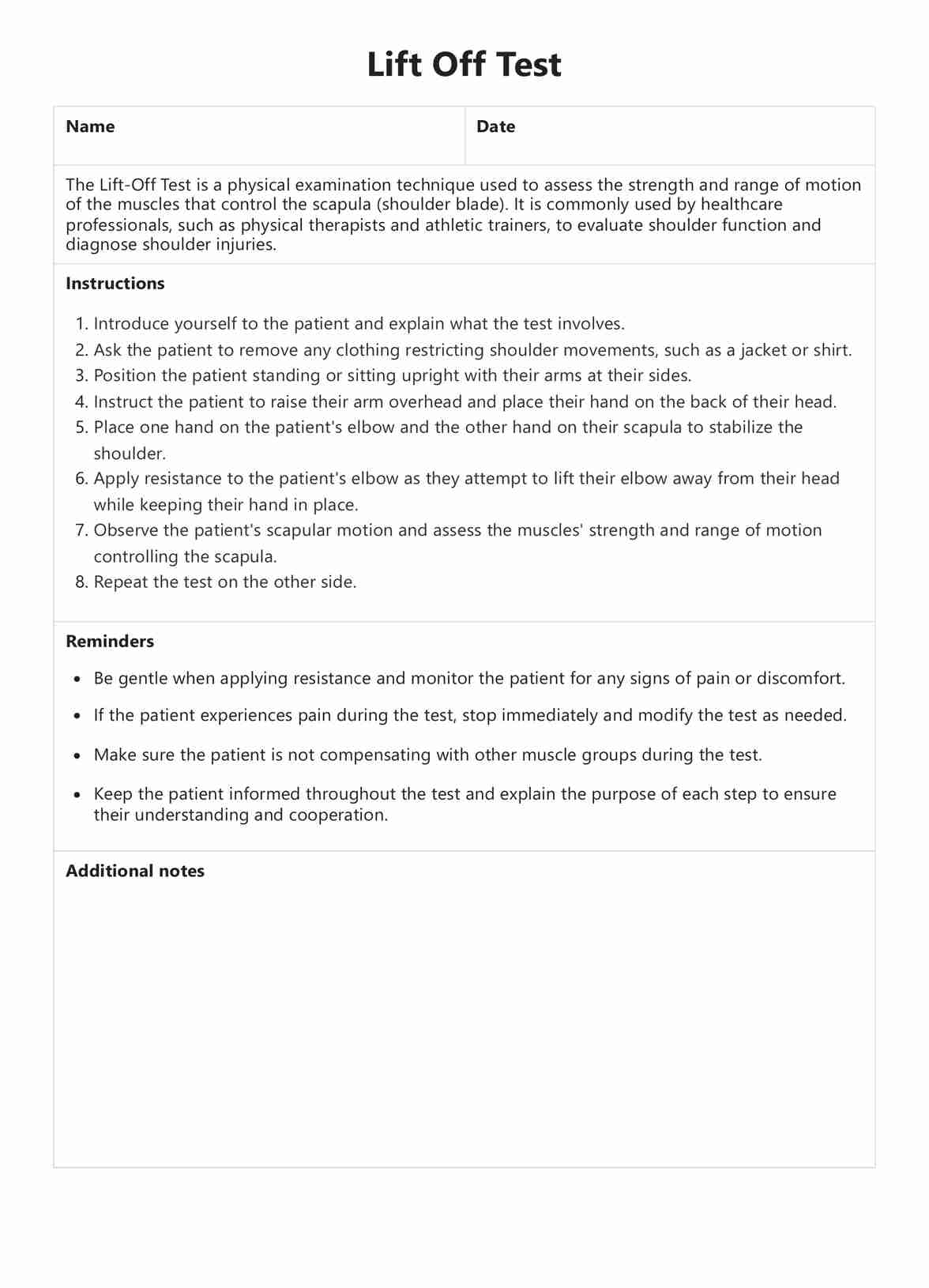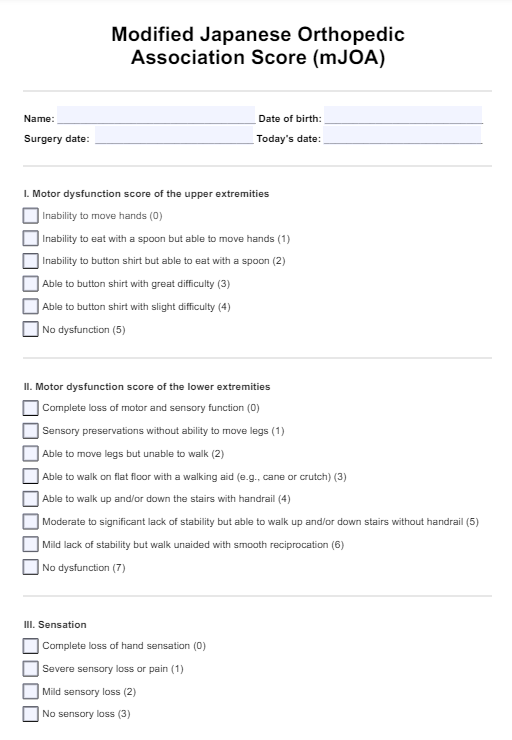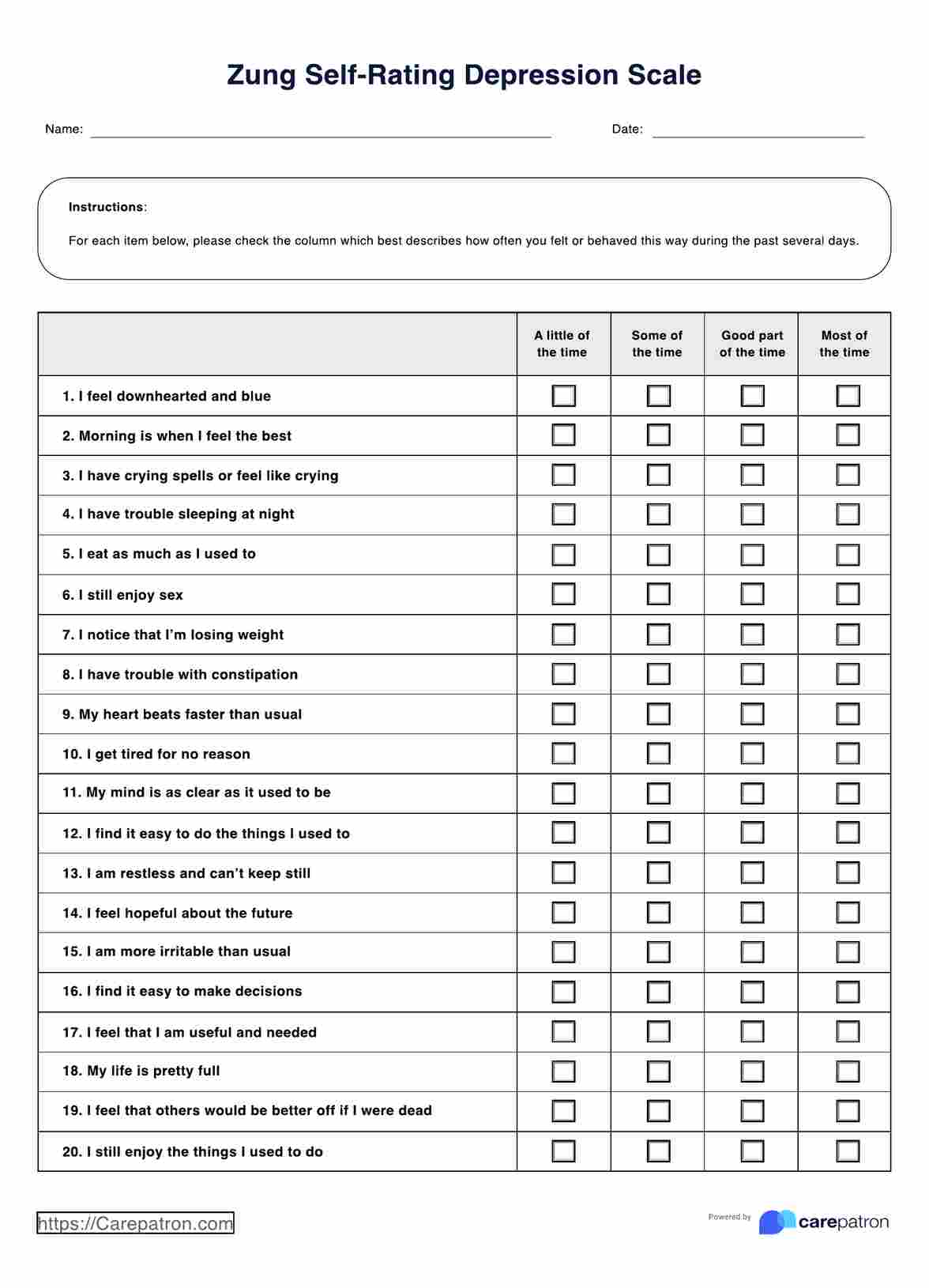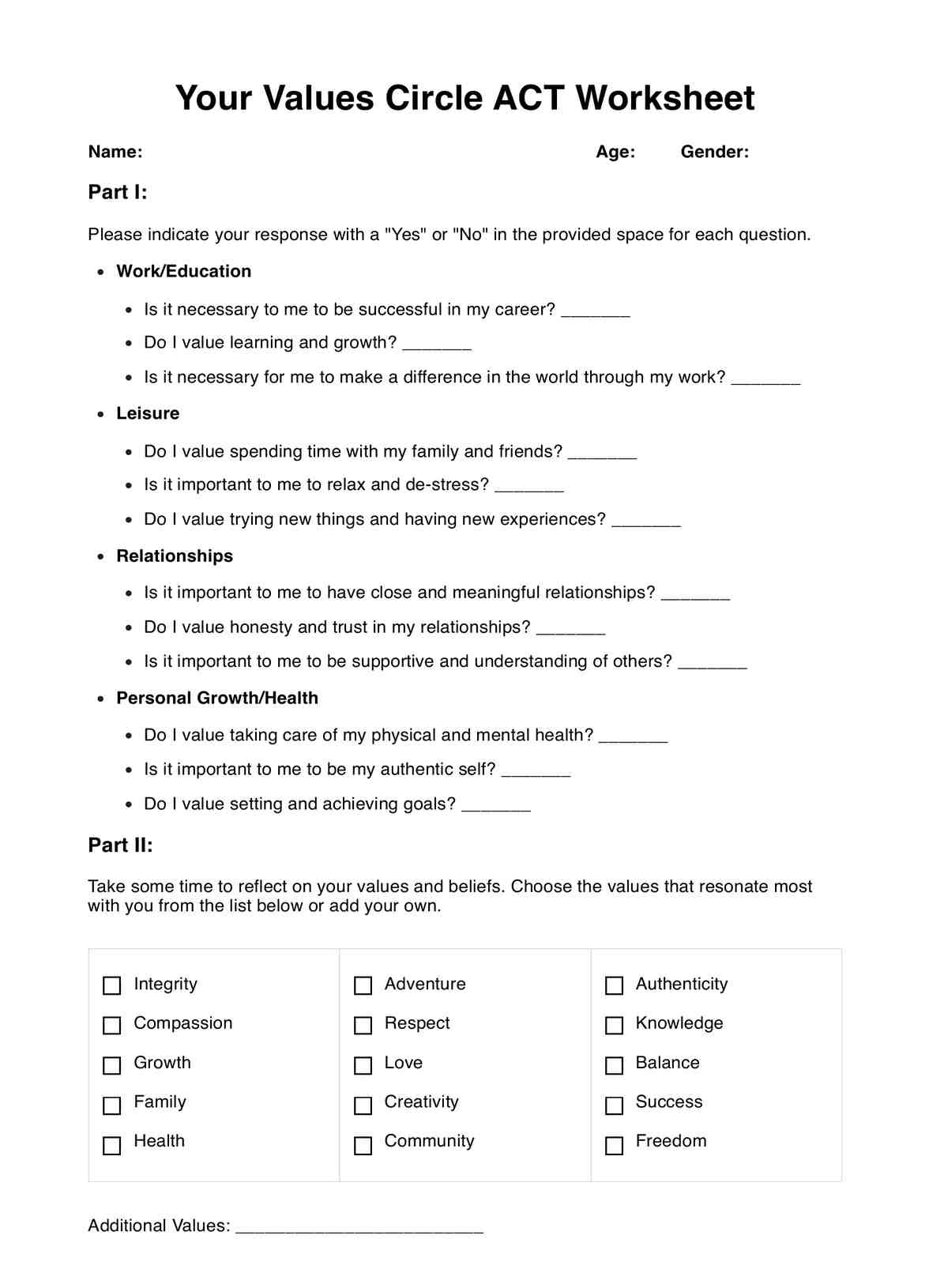Healthcare providers such as physicians, physical therapists, and chiropractors use a Referred Pain Map to better understand a patient's pain.

Referred Pain Map
Download a free Referred Pain Map to help individuals understand and manage referred pain. Get our PDF template here.
Referred Pain Map Template
Commonly asked questions
You can use Referred Pain Map to help patients identify their referred pain. By understanding the connection between different areas of the body, you can better diagnose and treat your patients.
Using a Referred Pain Map can be beneficial in numerous ways. By understanding and becoming aware of referred pain, individuals can develop effective strategies for managing their pain. In addition, healthcare providers can use this tool to communicate effectively with patients about their condition and provide more comprehensive treatments.
EHR and practice management software
Get started for free
*No credit card required
Free
$0/usd
Unlimited clients
Telehealth
1GB of storage
Client portal text
Automated billing and online payments


